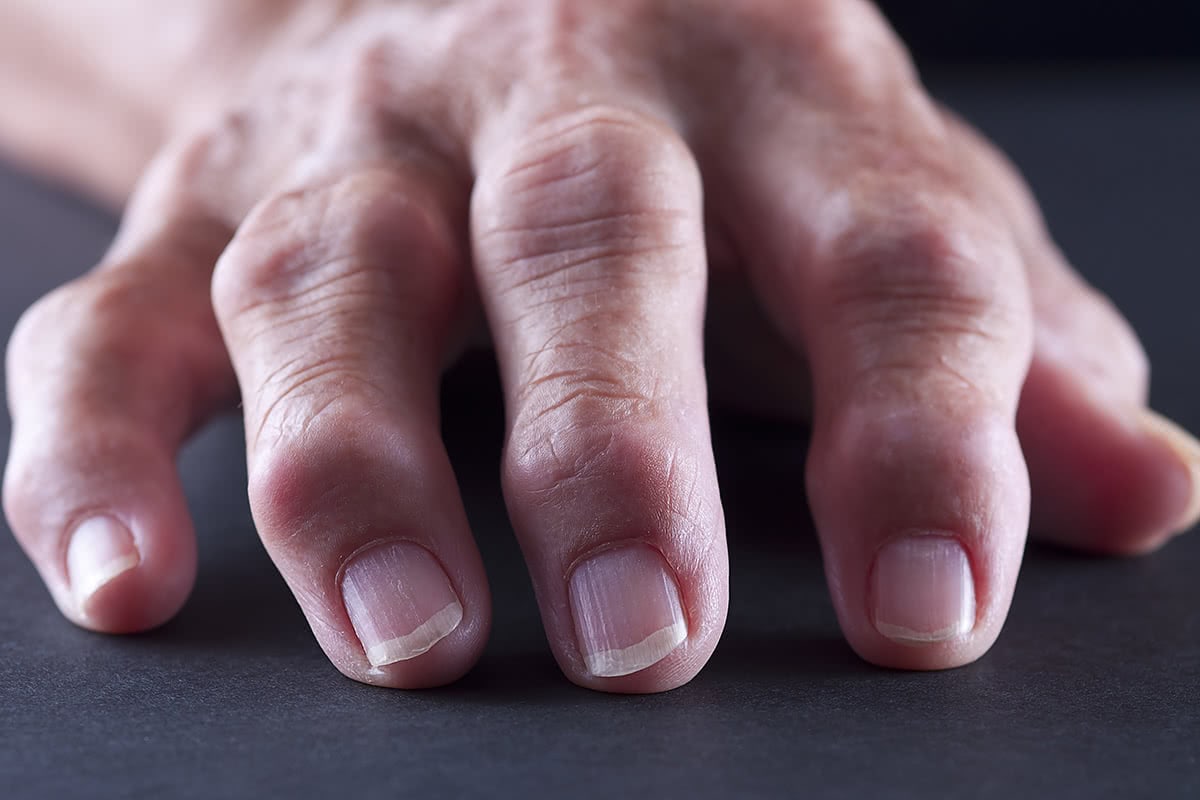Introduction
Dupuytren’s contracture is a condition affecting the connective tissue or fascia of the hand. It is the specialized tissue that keeps hand skin more securely anchored than skin elsewhere in the body. In people with Dupuytren’s, this fascia becomes thickened and lumpy, and over time forms cords that run up into the fingers. Eventually these cords behave like scar tissue and tighten, resulting in contracture of the fingers.

Causes
Dupuytren’s contracture is a genetic condition and there is usually a family history. Not everyone with a genetic tendency for Dupuytren’s will have the problem and it can skip generations. It is far more common in people with northern European ancestry.
Symptoms
People with Dupuytren’s first notice a lump in the palm. Dupuytren’s is not usually painful but when it is rapidly growing it can be uncomfortable. Pits can develop in the palm of the hand over the lumps. Eventually, finger movement becomes limited and the joints start to contract.
Tests
Usually clinical examination is all that is required. In early Dupuytren’s, an ultrasound might be useful to differentiate from other causes of lumps in the palm.
Diagnosis
A characteristic appearance of the condition is usually sufficient for a diagnosis.
